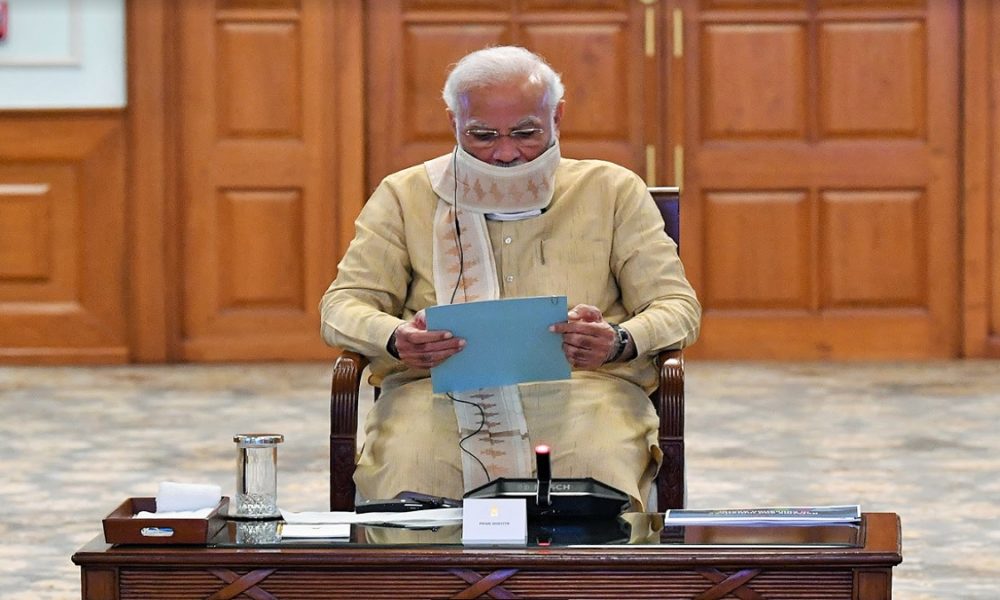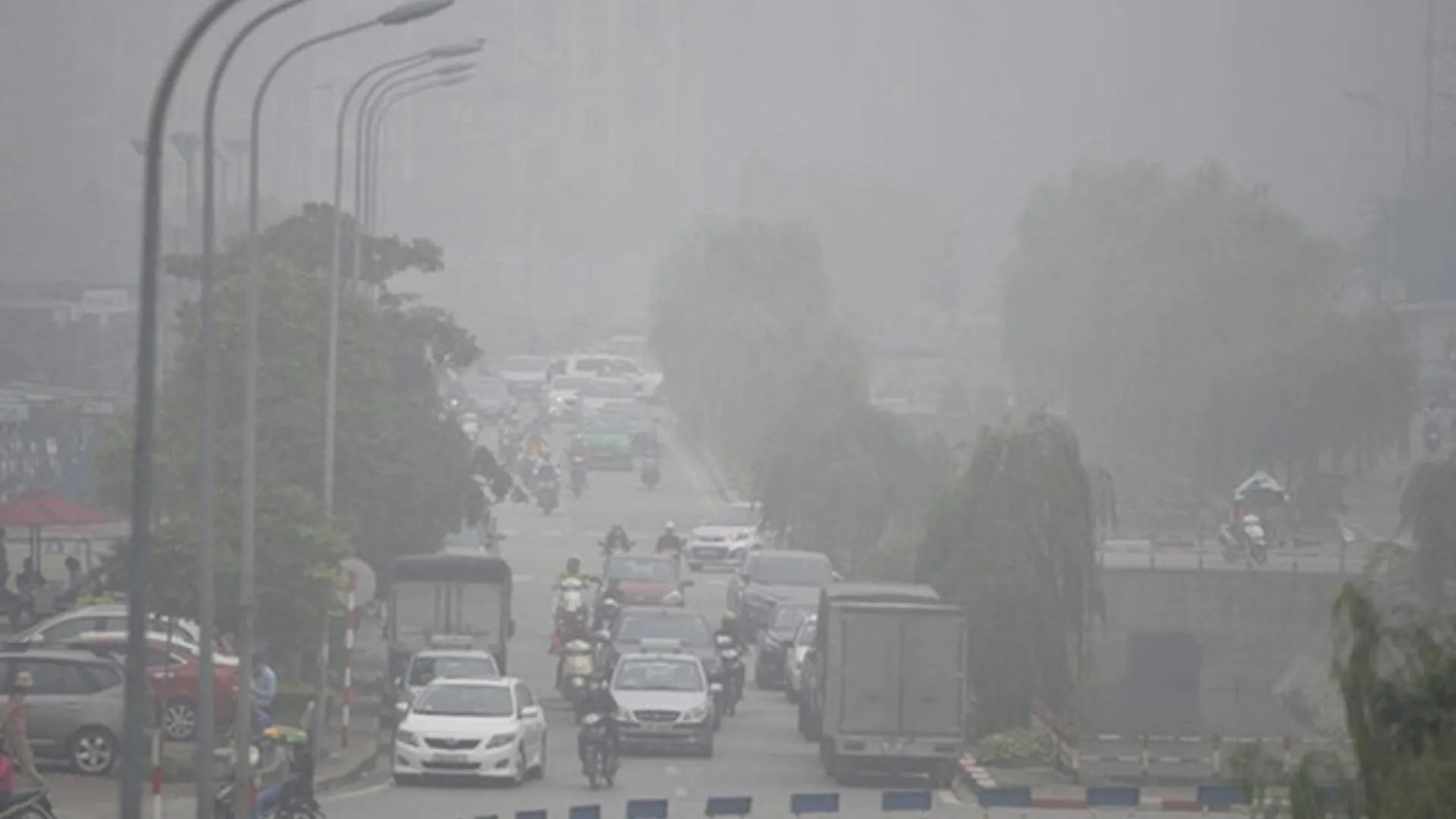After skipping the last two meeting of the Non-Aligned Movement (NAM), Prime Minister Narendra Modi has addressed the NAM Contact Group in response to Covid-19. The last NAM summit, held in 2019 at Baku, was attended by the Vice-President of India. India attaches importance to the deliberations made at NAM summit. NAM still finds an important place in India’s foreign policy calculus. It must be reiterated here that the primary objective of NAM still remains the same even if the nature of world politics has changed. The non-aligned countries since the inception of NAM in 1961 have been focussing on self-determination, strategic autonomy in the decision-making process, nonadherence to multilateral military pacts and opposition to racial discrimination and apartheid. The contemporary debates on the relevance of NAM unfortunately lack objectivity and outrightly reject the concept of NAM and declare it to be completely irrelevant.
In fact, the very concept of NAM was not to align with any of the power blocks during the era of bipolar world clearly meant how the non-aligned countries can find ways to work with both the power blocks — the US and the erstwhile Soviet Union. In the current geopolitical environment where the nature of international system is multipolar, the onus lies on the member countries of NAM in general and India in particular to work with all the multiple poles of power. It would be difficult for any country to align with a single great power. Hence, NAM has not been kept in abeyance even after three decades of the decline of the Soviet Union. The recent virtual NAM summit has gained salience because of Covid-19 and the way India assumed the leadership role in mitigating the crisis. During his intervention at the videoconference, Prime Minister Modi has made some very significant points that are likely to have far-reaching consequences as far as India’s foreign policy and global outreach are concerned. The Prime minister has very rightly pointed out that India has ensured medical supplies to more than 123 countries, including 59 members of NAM.
This has been done despite the fact that India does not have excess stock of these vital medicines, though production has been stepped up. There is sufficient recognition at the global level of the excellent manner in which India has managed the coronavirus pandemic and kept the mortality rates much lower than was feared. With a number of thickly populated clusters in every state and city, lack of state-of-the-art medical facilities and poor sanitation, the Indian number of Covid-related deaths was estimated at a much higher rate. Ironically, it was the economically advanced members of the G7 form that have registered maximum casualty. Seventy per cent of casualties have taken place among G7, which are supposedly best in their medical and health facilities. In a significant remark, Prime Minister Modi has suggested that we need to work on the details of a new template of globalisation based on fairness, equality and humanity. The reference to the new template assumes greater importance as there is general consensus among the strategic and academic community that after the world is able to get over the current Covid-19 pandemic, it will be struggling with a collapsed global organisation and there will be a need for having institutions based on the changing nature of global realities. Many international economic institutions and agencies have warned of an impending economic doom after the markets reopen and normal economic activities begin.
The bilateral and multilateral agreements, institutions and relations are all set to undergo monumental changes. The rise of China has changed the geopolitics and geo-economics drastically and the power struggle that ensued between the US and China once again divided the countries of the world into two groups. But this time it was not the struggle between the haves and the have-nots or between the developed world and the developing world. It was not even the struggle for supremacy between the imperialist West and the “communist colony” of the East. It was a new struggle for power. A struggle for economic supremacy which included highly developed economies of the West partnering with Beijing through its BRI projects. The new trade war began to decide the future course of trade, political and security architecture of the world. It was at such a time that a third force, a third group that would keep equidistant from the two warring power centres was much needed. In the good old days NAM successfully played this role of providing leadership to the socalled Third World, although the term did not necessarily come as a compliment. As the Prime Minister has rightly suggested, this is the right time for the NAM member countries to come together and write new rules of engagement. Post-Covid, no economy, not even that of the US and China, would be able to sustain steady economic growth on their own intrinsic strengths. The total drain of economic strength is a reality.
It is at such a juncture that the world needs a new institution or revival of the third force under a strong and benign leadership. India has been providing policy inputs and moral leadership to the NAM from its inception. It is, therefore, in the fitness of things that New Delhi should be able to prepare itself to step into the leadership role of the NAM members and lead the economic revival in a spirit of cooperation and not confrontation, in a spirit of humanitarian consideration and not merely economic benefits. It is important for the policy planners in New Delhi to take the leadership of the NAM seriously and not engage with it half-heartedly. There are regional institutions that also need attention. But with a carefully planned approach, NAM can become the global institution that will act as a bridge between individual countries, global power centres and regional institutions.
Undoubtedly, NAM in the current form has all the potential to turn the debate in favour of a more equitable and just world. The members of international community have learnt a lesson from the Covid-19 and how global solidarity can only help cope with the emerging crisis in every sphere. India has shown its real intention to carve a well-sounded strategy by mobilising the non-aligned countries. Dr. Arvind Kumar is a Professor of Geopolitics and International Relations at Manipal Academy of Higher Education (MAHE), Manipal. Seshadri Chari is a well-known political commentator and strategic analyst.























